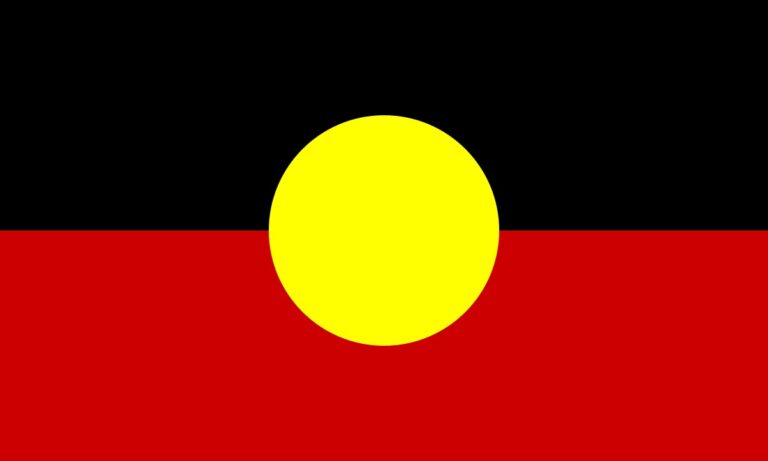The Commonwealth Government is being urged to establish an independent review of Australia’s broadcast and digital alcohol advertising guidelines.
The call follows the release of new research which has revealed the extent to which children and adolescents are exposed to alcohol advertising when watching Australia’s major televised sporting codes, Australian Football League (AFL), Cricket and National Rugby League (NRL).
It found that an estimated cumulative audience of 26.9 million Australian children and adolescents watching these sports are exposed to 51 million instances of alcohol advertising, with nearly half (47%) of these broadcast during daytime programming between 6am and 8.30pm.
Foundation for Alcohol Research and Education (FARE) Chief Executive, Michael Thorn says the latest research has once again demonstrated that existing alcohol advertising regulations are not protecting Australian children from exposure to unhealthy advertising during prominent televised sports.
“As NRL and AFL footy finals get underway, the egregious loophole that allows alcohol advertising to be broadcast during live sporting broadcasts in the daytime on weekends and public holidays continues to expose millions of Australian children and adolescents to high levels of alcohol advertising. And research shows that alcohol promotions are linked to an increase in the likelihood that young people will start to drink, and increases in the amount they are drinking,” Mr Thorn said.
The research comes as FreeTV Australia moves to relax its own advertising code to allow for even more alcohol advertising on TV.
Mr Thorn says further weakening the FreeTV Australia code would be a backward and enormously damaging step.
“FreeTV argues that because there are few alcohol advertising controls on Pay TV and online media, its members are at a significant commercial disadvantage. However, lowering the bar further on an already broken system is clearly not the answer. What we must do is tighten the alcohol advertising guidelines and lift the advertising standards across all media including Pay TV and online platforms,” Mr Thorn said.
Currently there are no comparable restrictions determining when alcohol advertising can be broadcast on Pay TV.
Mr Thorn says there is no rationale for subscription television being subject to different restrictions to those applied to free-to-air television, and that the same evidence and rationale for limiting alcohol advertising must be applied to all forms of media, Pay TV and beyond.
“The current self-regulatory alcohol advertising codes have not only failed to protect children and adolescents from exposure to alcohol messages, but have failed miserably to protect consumers of all ages from inappropriate alcohol advertising. The codes have also failed to keep up with the rapidly shifting traditional and digital landscape. A government-instigated review could cut through the complexity, identify and resolve those failings and recommend the introduction of an effective regulatory alcohol advertising regime,” Mr Thorn said.
The results of the study, Child and adolescent exposure to alcohol advertising in Australia’s major televised sports, are published in the Drug and Alcohol Review journal.






